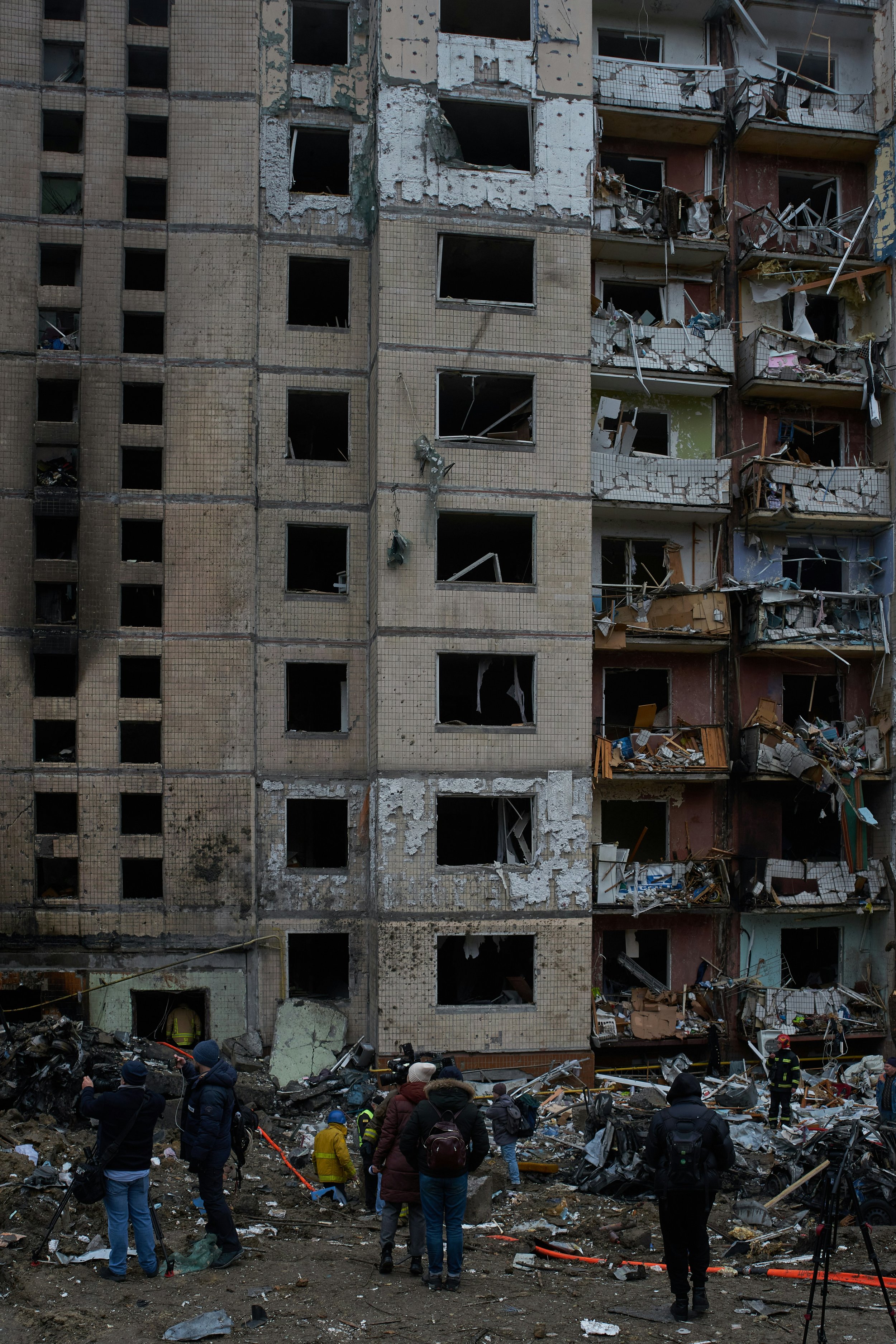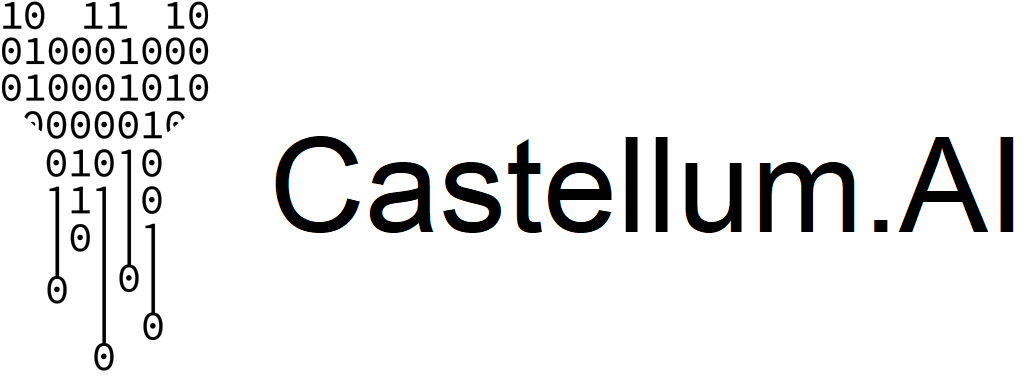
Russia Sanctions Dashboard
2,695 before the invasion
23,960 more since the invasion
Current as of 15 August 2025
Real-time sanctions insights are available to clients. To sign up, connect with the team.
You are welcome to use Castellum.AI data on your site and in your publications only if you receive explicit written permission from Castellum.AI. Reach out at contact@castellum.ai to request permission. Use without written permission and public citations is a violation of our terms of service.
The Castellum.AI dashboard tracks consolidated Russia sanctions data. This Russia sanctions tracker is updated quarterly. We divide Russia sanctions as before and after 22 February 2022. On 21 February, Russian President Vladimir Putin recognized separatists in Donetsk and Luhansk as independent and ordered Russian troops to the region. The US and allies responded on 22 February with the first of what would become thousands of sanctions. Russia “officially” invaded Ukraine on 24 February. To see methodology scroll to bottom.
-
This data is updated monthly. Data used to create graphs pertains to designations targeting specific parties (e.g. individuals or entities). Since sectoral sanctions are not list based, they are excluded from the dashboard.
Most people think about sanctions as “the US sanctions Russia” but sanctions are usually “US sanctions a Russian citizen located in China for hacking financial institutions in Ukraine.” A single action can cover multiple data points, and evaluating whether sanctions are targeted against Russia involves both a quantitative and qualitative approach. To accomplish this, we examined the thematic lists within each country’s list source. For example, Switzerland SECO is Switzerland’s sanctions issuing authority. Switzerland SECO has a sanctions list titled “Situation in Ukraine” which houses Swiss sanctions against Russia.
The data we used to compare sanctions on Russia relative to other countries is based on a list-based approach. It is composed of groupings of sanctions programs from major sanctioning jurisdictions, including Australia, Canada, EU, France, Japan, Switzerland, UK, UN, and US. We grouped the lists according to each list’s target country. This approach is appropriate for the broad comparisons in this analysis and shows the magnitude of global sanctions programs.
For example, to evaluate US Treasury OFAC sanctions against Russia we include some, but not all, entries from the following sanctions lists: US Treasury OFAC sanctions lists: CAATSA - RUSSIA, CYBER2, ELECTION-EO13848, NPWMD, RUSSIA-EO14024, PEESA, ELECTION-EO13848, UKRAINE-EO13661, UKRAINE-EO13660, UKRAINE-EO13661, GLOMAG, MAGNIT, PEESA-EO14039, UKRAINE-EO13685, SYRIA, UKRAINE-EO13662, and VENEZUELA-EO13850.
We decided on this list-based approach instead of using location data due to the limited availability of that data across sanctioning countries’ lists. Canada does not include location data in any of its entries, for instance.
-
Castellum.AI obtains global sanctions information from primary sources, and then proceeds to standardize, clean and enrich the data, extracting key information like IDs and addresses from text blobs. Castellum.AI enriches as many as fifteen separate items per entry. This analysis is based on the enriched primary source data that populates our database. The database consists of over 900 watchlists, covering over 200 countries and eight different categories (sanctions, export control, law enforcement most wanted, contract debarment, politically exposed persons, regulatory enforcement, delisted, and elevated risk). Castellum.AI checks for watchlist updates every five minutes directly from issuing authorities.
-
France is a member of the European Union and adopts EU sanctions, so why does Castellum.AI have France as a separate data source? That is because France has its own sanctions lists controlled by its own Treasury department (France Tresor).
Most countries within the EU do not have autonomous sanctions lists. For example, Bulgaria, Germany and Italy do not have domestic sanctions lists, but they impose sanctions levied by the European Union and actively partake in the EU’s sanctions process.
Because France has its own autonomous sanctions list, it can add additional sanctions and does so actively, meaning that the French and EU lists are not same, even if there is a significant amount of overlap.
-
Sign up for a free sanctions checker account here and feel free to reach out to us at contact@castellum.ai. Anyone is able to sign up for a free account. If you want to check the source data yourself, identify the sources and work to pull the data. Keep in mind that government source data must be cleaned and enriched.
For example, if you go to the UK sanctions site (https://sanctionssearchapp.ofsi.hmtreasury.gov.uk/) to see how many entries are listed under the Russia list, you will see that there are over 770 results (as of 6 March). This is the UK government incorrectly presenting data. The UK actually has about 260 sanctions against Russia, but the UK’s search site lists every alias as a unique entry (e.g. there are six entries for Sergey Vadimovich Abisov, even though he is covered by only one sanction).
-
You are welcome to use this data as long as you attribute it to Castellum.AI.
You can create a free account here to search the sanctions database.
If you’d like to create your own visualizations using the raw data, please reach out to contact@castellum.ai.
We do work with press and researches. More about how we do that here.
Stay ahead of the headlines
We have you covered. Sign up to receive data alerts and original insights from Castellum.AI
